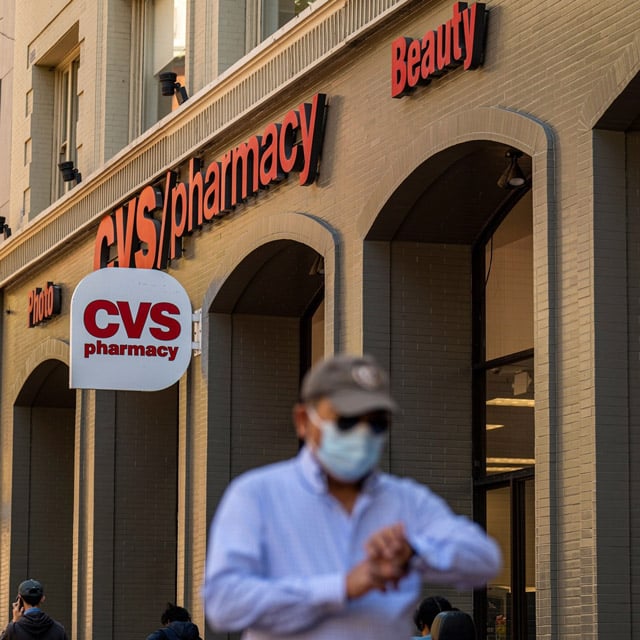At CVS, Special ACA Health Enrollees Have High Claims

What You Need to Know
Enrollment period rules are designed to help health insurers manage claim risk.
When COVID-19 hit, regulators temporarily changed the rules to keep more people covered.
CVS expects that those joining through special enrollment periods will be expensive to insure,
Insurers now have more evidence that people who sign up for Affordable Care Act exchange plans during the regular open enrollment period are healthier than people who sign up during special enrollment periods.
Tom Cowhey, the interim chief financial officer at CVS Health, recently talked about the high cost of covering special enrollment period enrollees at the company’s Aetna health insurance business, during a conference call with securities analysts.
CVS Health attracted more special enrollment period enrollees than it expected during the third quarter.
“These members, particularly when added late in the year, will drive a higher MBR,” Cowhey said.
Aetna’s MBR, or medical benefit ratio, is its ratio of health insurance claims to health insurance premiums.
What it means: The relatively high cost of covering ACA special enrollment period enrollees will push up the cost of coverage for any clients with individual exchange plans in 2024.
What insurers learn from the ACA exchange plan special enrollment periods could also serve as a case study that will make many financial services providers, including life insurers and annuity issuers, more reluctant to loosen any purchasing period or enrollment period rules that they developed to better manage risk.
The history: In 2013, in most states, health insurers could use medical underwriting when they sold individual health insurance. That meant that they could reject applicants with health problems like cancer or diabetes, and they could charge enrollees with health problems higher rates.
Starting in 2014, the Affordable Care Act eliminated traditional underwriting in the individual major medical market. Health insurers cannot reject applicants because of health problems, and the only factors they can consider when pricing coverage are the applicant’s age, location and tobacco use.
Health insurers feared that consumers would see a lack of medical underwriting as a reason to go without health coverage when they were healthy and pay premiums only when they thought they would have big hospital bills.
To prevent that, regulators, ACA public exchange programs and insurers developed an “open enrollment period” system, or limits on when people can buy health coverage without showing that they have what the government classifies as a good reason to be shopping for coverage.
This year, the ACA open enrollment period will last from Nov. 1 through Jan. 15 in most of the country.
Special enrollment periods: To buy coverage outside of the open enrollment period, consumers must qualify for a special enrollment period, or SEP.
Under ACA rules, consumers may qualify for special enrollment periods if they’ve moved, lost group health coverage, married or meet other eligibility requirements.






